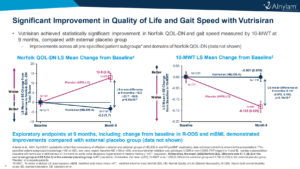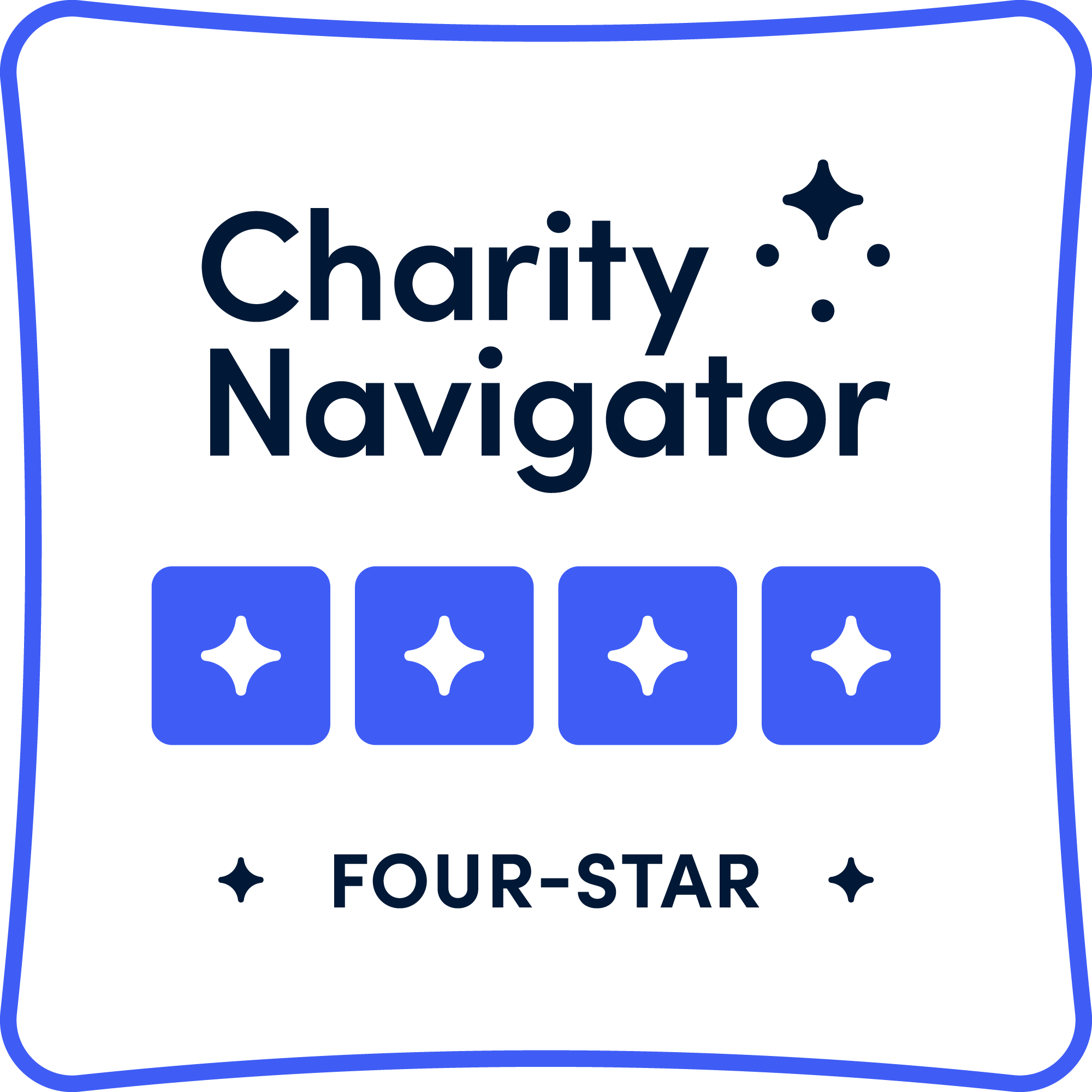Vutrisiran receives Fast Track Designation from FDA
Alnylam has submitted a new drug application (NDA) to the FDA for vutrisiran, which could bring another treatment option to patients with ATTR amyloidosis. Vutrisiran received “Fast Track” Designation, which is a process designed to expedite the review of drugs to treat serious medical conditions and fill an unmet medical need, with the goal of getting new drugs to patients sooner. Both the NDA and fast track designation are encouraging signs for vutrisiran’s future in the TTR amyloidosis space.
Vutrisiran is an investigational RNAi therapeutic being studied in both hereditary and wild-type transthyretin amyloidosis patients (hATTR and ATTRwt). HELIOS-A is the name of the study that is investigating vutrisiran for patients with hATTR with polyneuropathy. Vutrisiran is a subcutaneous injection given every 3 months which, if approved, will offer patients another treatment option in addition to the two currently approved for use in hATTR; Onpattro® and Tegsedi®. Like these treatments, vutrisiran is also classified as a gene-silencer, and aims to inhibit production of the transthyretin (TTR) protein in the liver, thereby reducing the levels of TTR in the body, preventing amyloid build-up and organ damage.
Alnylam presented positive results from HELIOS-A at the American Academy of Neurology meeting last month. The phase 3 study met both its primary and secondary endpoints, or study outcomes, at the 9-month mark. The HELIOS-A study enrolled 164 patients with hATTR polyneuropathy, randomizing 3:1 to receive either vutrisiran every three months or patisiran every 3 weeks for 18 months. The primary endpoint was the change from baseline in the modified Neuropathy Impairment Score (mNIS+7) at 9 months as compared to placebo data. This study used placebo data from the Phase 3 study of patisiran, called APOLLO, which took place a few years ago and led to the approval of Onpattro® (patisiran) in 2018. The two secondary endpoints were changes in quality of life assessed by the Norfolk Quality of Life Questionnaire-Diabetic Neuropathy (Norfolk QoL-DN) and walking speed assessed by the timed 10-meter walk test (10-MWT), also compared to the historical placebo data.

As shown in the graphs above, vutrisiran showed significant improvements in neuropathy scores, quality of life, and walking speed in the HELIOS-A study, compared to the placebo arm of the historical APOLLO study. Additionally, more than half of patients who received vutrisiran in HELIOS-A showed an improvement of polyneuropathy manifestations. Vutrisiran was also shown to have an encouraging safety profile. The study will continue for its fully planned 18 months, but the data shared at the 9 month point holds promise.
After sharing the positive results last month, Alnylam filed a new drug application (NDA) for vutrisiran with the United States FDA. Any new drug approved for sale and marketing in the US must complete an NDA. The goals of the NDA are to provide enough information for the FDA to reach decisions on whether the drug is safe and effective. To read more about the full Drug Approval Process with the US FDA, view the infographic here.
Vutrisiran also received “Fast Track” Designation, which is a process designed to expedite the review of drugs to treat serious medical conditions and fill an unmet medical need, with the goal of getting new drugs to patients sooner. Since treatments for hATTR with polyneuropathy are already approved, to receive fast track, vutrisiran would need to have shown some advantage over the available therapies, such as superior effectiveness, less serious side effects, or improved patient outcomes.
The fully planed 18-month results of HELIOS-A are expected in late 2021 and FDA review and decision on approving the new therapy expected in early 2022. To read the full press release from Alnylam, click here.
Vutrisiran is also being studied in patients with cardiac ATTR amyloidosis. The study which is ongoing is called HELIOS-B and is investigating vutrisiran for ATTR patients with cardiomyopathy (both hereditary and wild-type). HELIOS-B is still recruiting, and results are not expected for a couple of years.
If you are interested in being kept informed about clinical trials that you may be a match for, make sure you sign up for MyAmyloidosisPathfinder, and keep your profile up to date! We’ll let you know if you may be eligible for a clinical trial. https://www.myamyloidosispathfinder.org/
- Categories
- Lastest Posts
- FDA Approves Amvuttra™ (vutrisiran) for ATTR-CM: More Options for Patients
- FDA Approves Attruby™ (acoramidis) for the Treatment of ATTR-CM: A New Option for Patients
- ARC Launches Clinical Fellowship Program to Advance Amyloidosis Care
- The More Things Change, the More They Stay the Same



